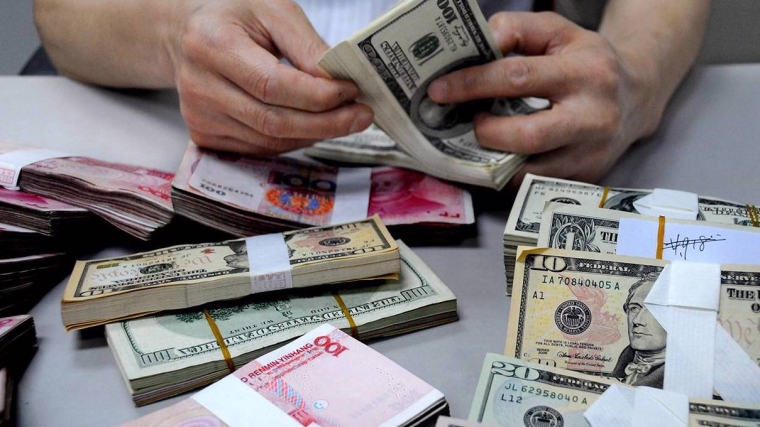
Risk sentiment began the week with a soft tone, after the downgrade to the US government’s credit rating by Moody’s Ratings, near the global close on Friday. S&P equity index futures fell more than 1% in Asian trade, treasury yields moved higher with the curve steepening and the US dollar fell. Risk sentiment has rebounded overnight with the S&P fully unwinding its earlier fall and treasuries also recovering.
Comments by Federal Reserve officials suggested policy makers may not be ready to cut rates before September given the uncertain backdrop and the need to assess the incoming data. New York Fed President Williams said the central bank will need till at least July to get a greater understanding of the economic backdrop. The market is pricing less than a 10% chance of a 25bp cut at the June FOMC and close to 50bp of easing priced by year end.
The initial selloff in treasuries, linked to the Moody’s downgrade, fully reversed during US trade. Yields on the 30-year bond had reached a high of 5.04%, 9bp above the previous close. 30-year treasury yields have previously peaked slightly above 5% in January and again in April, albeit at levels below the 5.18% multi-year high, reached in late 2023. 10-year treasuries are currently yielding 4.49%, having traded as high as 4.56%.
The US dollar is broadly weaker against G10 currencies in offshore trade but has recovered off the lows in line with the rebound in equities and treasuries. The Australasian and Scandinavian currencies outperformed. NZD/USD traded up towards 0.5930, matching the move in AUD/USD, and keeping the cross stable near 0.9180. The NZD is stronger on the other major cross rates.
China’s monthly activity data were mixed in April. Industrial production expanded at a 6.1% from a year ago, which was above consensus estimates and displayed resilience despite the trade tensions. However, retail sales were softer than expected and highlight fragile consumer sentiment, set against the backdrop of a property market slump.
New Zealand’s services sector showed a further decline in activity during April. The services PMI dipped to 48.5 from 49.1 in March. This is the third consecutive month below the 50 level, and the index is well below the long-term mean of 53, highlighting the challenging backdrop and suggesting ongoing headwinds for the anticipated pickup in economic growth.
NZ fixed income moved higher in yield and the curve steepened in the local session yesterday. The market looked past the pullback in the services PMI and took its cue from offshore. 2-year swap rates closed 4bp higher at 3.23%, reaching the highest level in four weeks, having rebounded off 3.05% at the start of May. 10-year swap rates increased 6bp to 4.17%.
There was a similar move for the government curve. 10-year yields increased 8bp to 4.68% with spreads against US treasuries and Australia largely stable. Australian 10-year bond futures are ~4bp lower in yield terms, since the local close yesterday, suggesting a downward bias for NZ yields on the open.
There is no domestic of note today. The regional focus will centre on the Reserve Bank of Australia’s meeting where it is widely expected to cut rates by 25bp to 3.85%. The latest Statement on Monetary Policy, which contains more detailed assessments and the staff’s central forecasts for the economy, will be released alongside the decision. The market is fully discounting a 25bp rate cut. Canada releases CPI data for April this evening.
Daily exchange rates
Select chart tabs
This note is from BNZ Research and re-posted with permission. The original is here.

We welcome your comments below. If you are not already registered, please register to comment.
Remember we welcome robust, respectful and insightful debate. We don't welcome abusive or defamatory comments and will de-register those repeatedly making such comments. Our current comment policy is here.